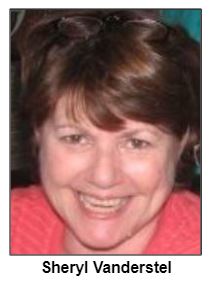Apr 18, 2020
When you dig into questions of what Hoosiers ate in the 1820s, '30s and '40s, when they gathered for meals, the dining utensils they used, and related topics, you have a lot to savor.
Indianapolis-based food historian Sheryl Vanderstel will even describe what she calls "lost" foods when she is Nelson's guest for a smorgasbord of information and historical facts about the food of pioneers and their dining routines during Indiana's earliest era as a state. Misconceptions abound, including the "myth of pioneer self-sufficiency," Sheryl says.

During the first half of the 19th century, the largest meal was eaten at midday and called "dinner," not "lunch." The evening meal, "supper," was much lighter.
Except for the spoon, Sheryl says the pioneers' dining utensils "looked much different."
In addition to explaining the utensils used by the pioneers, she will describe Jerusalem artichokes, salsify, pattypans and other food items that fell into obscurity when subsequent generations did not consume them and forgot about them. Sheryl notes, however, that some of the lost foods "are being rediscovered by foodies today."
Topics of conversation at our historical feast will include technical questions as well, such as how pioneers preserved milk and eggs.
Sheryl Vanderstel, a board member of the Irvington Historical Society, was among the guests on a Hoosier History Live show in 2013 that explored the life of Alexander Ralston, the surveyor who platted Indianapolis in 1821. In addition to researching food history, Sheryl has spent years researching Ralston, who was born in Scotland and helped plan Washington D.C. before coming to the Indiana wilderness.
A native Hoosier, Sheryl is a former assistant director of education at Conner Prairie Interactive History Park, where her duties included overseeing hearthside dinners and other food programs. Since then, she has been involved in food programming at other historic sites and museums as well as educational seminars about historic foods.